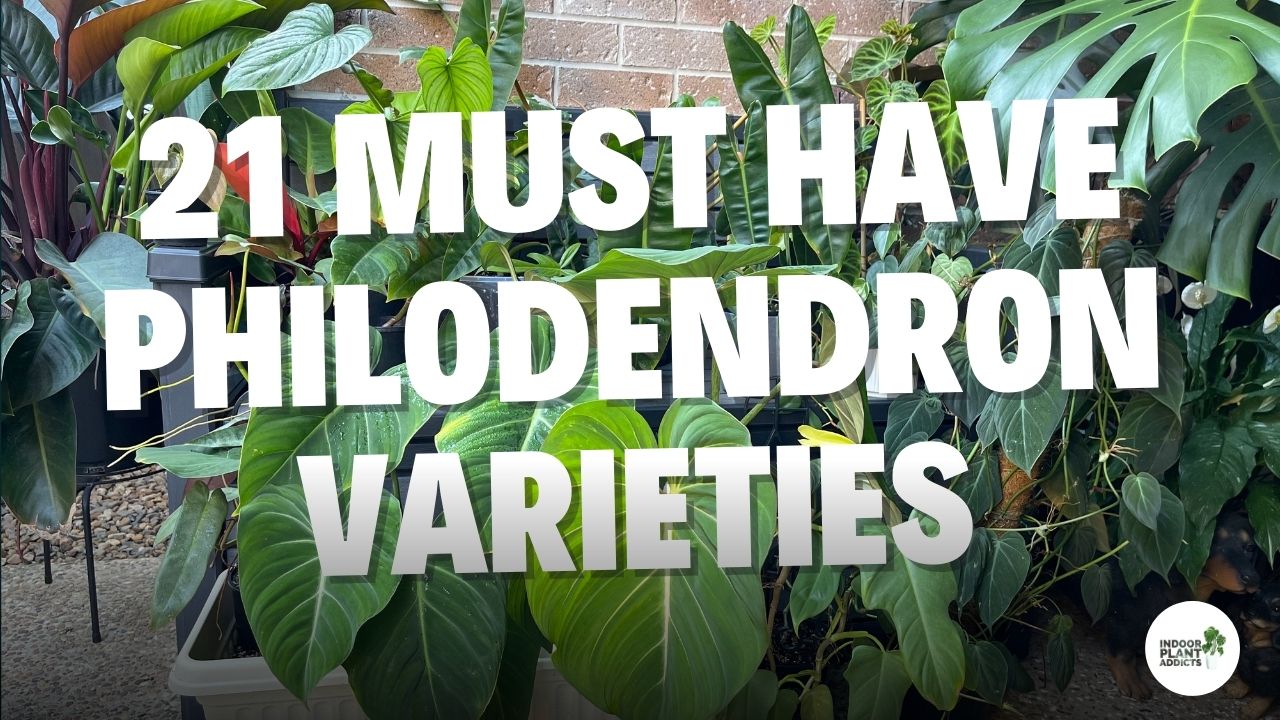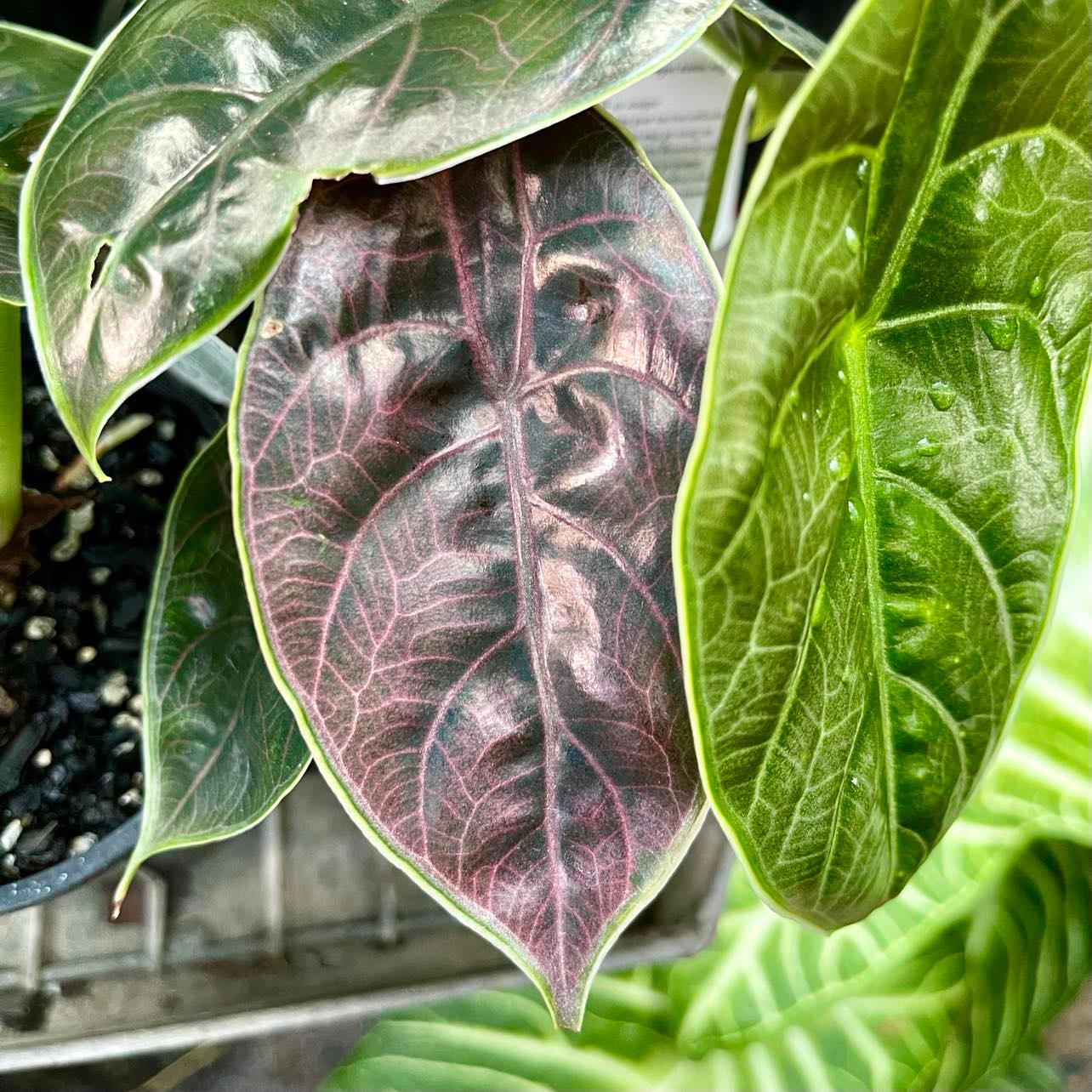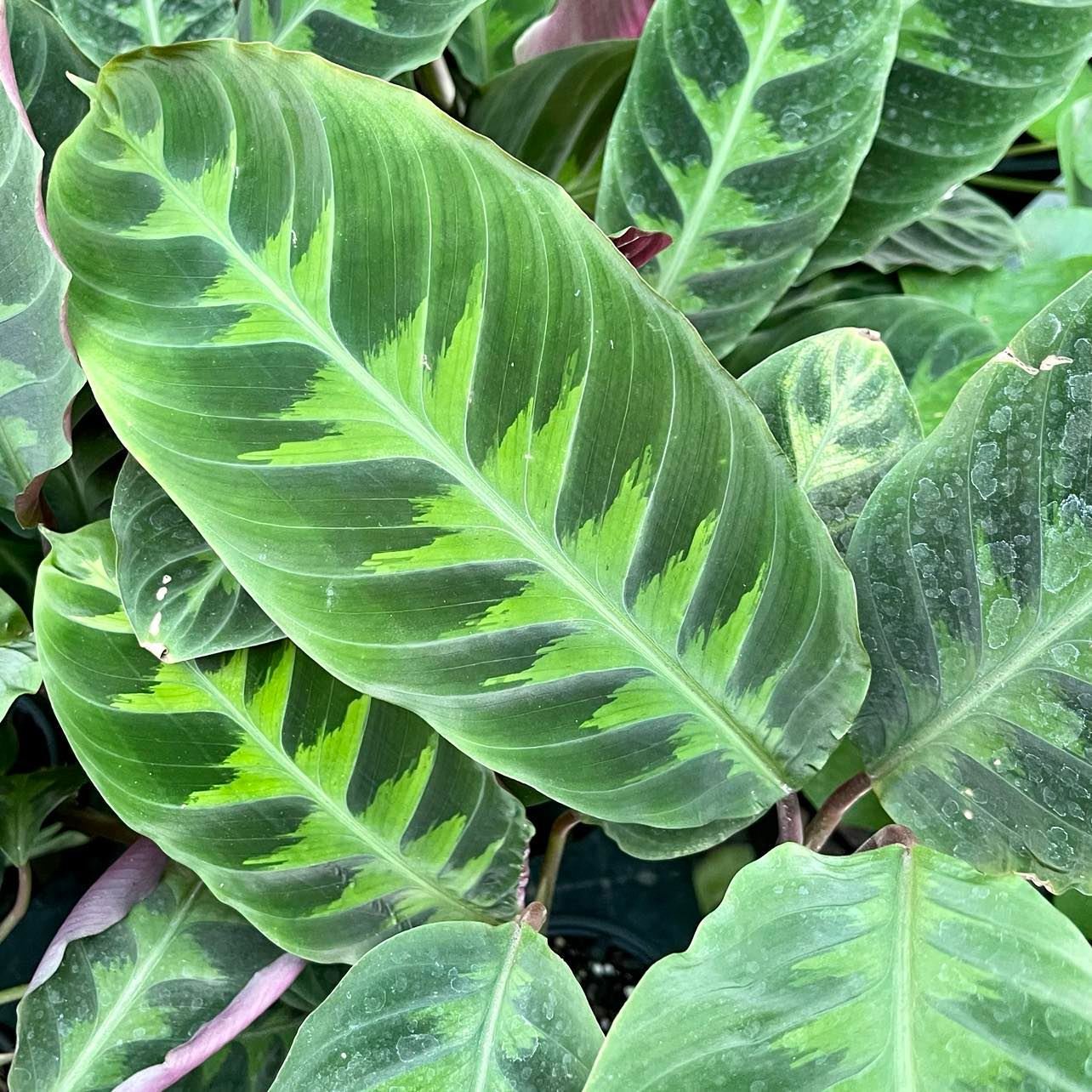Pests and diseases can become a big problem and may even end up being fatal to your Fiddle Leaf Fig. If left unidentified and untreated, pests and diseases can cause massive and some times irreversible damage to your beloved plant. It is important to Identify diseases and pests on your Fiddle Leaf Fig in the early stages and provide treatment immediately as this will give your plant its best shot at survival.
Common Fiddle Leaf Fig Pests
Like most house plants fiddle leaf figs are susceptible to damage from pests and bugs. Below we’ve dived into the most common pests that you can encounter whilst caring for your precious plant. We will quickly go through how to identify them and treatment options to get rid of them.
Aphids
If you have started to notice small, green bugs on your fiddle leaf fig, you might have an aphid problem. Aphids will tend to form little colonies on your plants foliage and new stems, so be sure to check these areas in particular.
Aphids feed on plant sap and reproduce quicker than rabbits, thus can become a big problem if not dealt with quickly. Infestations of aphids will remove excessive amounts of sap from your fiddle leaf figs foliage. When this occurs you will notice that the aphid infested leaves will wilt and turn yellow.
Aphids are a common pest and there are a varieties of ways to deal with them once identified. Treatments include store bought pesticides/ insecticides as well as essential oils and other home made remedies. A mixture of dish-washing soap and water (3 tablespoons to 1 litre) works well when sprayed on leaves out of a spray bottle.
For healthy plants aphids feeding on the sap will typically not hurt your plant to bad so for the best prevention from serious damage is to keep your fiddle leaf fig healthy. For more tips on keeping your fiddle leaf fig healthy check out our care tip article here. Additional information on aphid control and treatment can be found here.
Scale
Scale insects are easily identifiable on your fiddle leaf fig. Scale bugs are small, flat, oval shaped bugs with brown shells (think of little brown lady bugs). You will find scale insects hidden underneath the foliage on your fiddle leaf fig as well as on the stem where leaves connect.
Similar to aphids scale insects also feed on your house plants sap. This removal of sap can lead to the wilting of leaves and or cause them to yellow. Foliage on your fiddle leaf fig will sadly not recover from this damage so if you want to keep your plant happy and healthy it is important to deal with scale insects as soon as possible.
Depending on the degree of infestation of scale insects that you have, scale insect treatment varies. If there are small amounts of bugs, you can remove them from your fiddle leaf fig via hand or cloth. Essential oils, such as neem oil, and high content alcohol solutions will kill scale when applied with a cotton bud. Pesticides and beneficial insects (lacewing and lady bugs will eat scale) are great control methods for larger infestations.
Mites
There a few species of mite that can harm your fiddle leaf fig, however we will only be covering the most common of these, the spider mite. These mites are extremely small and can be difficult to notice from a distance. Ranging in color from red to green/ yellow, these mites will leave tiny webs throughout your plant.
Mites cause damage to your fiddle leaf fig through eating your plants nutrients, they also harbor diseases which can be dangerous for your plants health. You may experience leaf drop, curling yellow foliage, brown or wilting leaves or small speckled brown dots littering your leaves.
Essential oils are a great natural way to treat mites, you can see more information on treating mites with essential oils here. Preventing mites and the damage they cause is simple, keep your fiddle leaf fig in top condition. Alternatively predator bugs are also a great preventative.
Whiteflies
As the name suggests, Whitefly are small, flying, white colored insects. Similar in shape to moths these little little guys (and girls) are typically found on the top of plants or near the end of stems. Whiteflies are a common pest encountered by house plant keepers and are particularly prevalent in greenhouses.
Feeding on your fiddle leaf figs sap, white fly can cause foliage to yellow and wilt, this can eventuate to stunting your plants growth. Whitefly produce ‘honeydew’ which is a sticky substance which can cause your fiddle leaf fig foliage to become covered in a black mold. White fly are also notorious for transmitting harmful house plant viruses.
It is important for your fiddle leaf figs health to treat white fly in the early stages of infestation. Methods for treating whitefly include;
- Beneficial bug introduction. Predatory insects such as lady bugs feed on whitefly eggs. This method is effective when infestation levels are low.
- Essential oils such as neem oil, mixed with water and sprayed onto your fiddle leaf fig is effective against whitefly regardless of life cycle. Ensure to completely wet all foliage.
- Bug sticky traps, these are especially effective if your fiddle leaf fig is in a controlled environment such as a greenhouse. This technique is not effective at removing eggs from plant so ensure to use this in conjunction.
Mealybugs
Mealybugs are similar in size to the previously mentioned scale insects. However; unlike scale insects mealybugs have a white cotton like appearance. Mealybugs typically will remain well hidden on your fiddle leaf fig. They gravitate towards the little nooks of the plant including the underside of leaf joints and foliage.
Mealybugs can breed fast! Females are able to lay up to 100 eggs per sac which can lead to out of control, exponential infestations if not dealt with immediately. Similar to other pests on the list mealybugs can cause leaves to yellow or die. Stunted growth of your fiddle leaf fig is also common of mealybug infestation.
Alcohol solutions are effective against mealybugs with solutions of 60-70% diluted with water effective when applied with a cotton bud directly to mealy bugs. Pesticides and oils are also available to rid mealybugs. Predatory bugs are also a great control option as well as preventative.
Common Fiddle Leaf Fig Diseases
Like all plants, Fiddle Leaf Figs can suffer from diseases. Even though we try our best to keep our plants happy and healthy, we can still run into problems. Below we’ll go through how to identify the common Fiddle Leaf Fig diseases and how to treat them.
Root rot
Root Rot is a fungal disease that attacks the plants roots, commonly beginning from over-watering. Signs that your Fiddle Leaf Fig could be suffering from Root Rot are brown/black spots on the leaves. These symptoms will begin on the bottom leaves first before making their way up the tree. The veins on the bottom leaves may also turn brown/black and have mushy stems. In severe cases, the soil may have a funky smell. When plants are suffering from Root Rot, the roots will turn brown and be mushy to touch. Some roots may even fall off when touched.
How To Treat Root Rot
Once you’ve identified that your Fiddle Leaf Fig has Root Rot, you need to act fast to try and prevent it from getting worse. First check the roots, if all the roots are brown and mushy, the plant is too far gone and can’t be saved. However, if the plant still has some firm, healthy white roots, you can try and save it. Rinse off the roots and remove all of the brown rotted roots. You should repot the plant into a pot that has good drainage with fresh well draining soil. Prune off the affected leaves and place your Fiddle Leaf Fig in a spot with bright indirect lighting.
How To Prevent Root Rot
To ensure you don’t have to deal with the pains that are associated with your plant getting Root Rot, you can take the following precautions to avoid it.
- Ensure that you are not overwatering your plant; make sure you only water your plant when the top few inches of the soil is dry to prevent overwatering.
- Ensure your plant is kept in the correct soil. A well draining soil is best for allowing adequate water flow and aeration to help avoid your soil becoming waterlogged.
- Replant your plant into a pot with good drainage. Pots without holes are another key player in causing your plant to become waterlogged. If you’re in love with a pot that doesn’t have a hole for drainage you can keep your plant in another pot and use the other as a pot cover.
Edema
Edema is a disease that occurs when you over-water or inconsistently water your Fiddle Leaf Fig, causing the roots take in more water than they can use. Other factors can be poor air circulation or irregular fertilizing. This causes the leaf cells to burst and they show as little bumps on the underside of the leaves. The bumps can be yellow or white in colour before eventually turning to a reddish brown dry spot where the cells have burst.
How To Treat and Prevent Edema
One way to start treating your Fiddle Leaf Fig for Edema is starting a better watering schedule to try and avoid over-watering. Most people like to check the top 1-2 inches of soil is dry before watering, but another option can be using a moisture meter. You should also try improving air circulation if you have plants grouped together inside where the air might not circulate as well as if they were outside.
Bacterial Infection
Bacterial infections aren’t too common but are quite difficult to get rid of and can kill plants quite quickly if not treated immediately. A bacterial infection has similar signs to Root Rot but will show up all over your Fiddle Leaf Fig. Signs of a bacterial infection on your Fiddle Leaf Fig are irregular brown spots on the leaves with a slight yellow colour and cracking foliage.
How To Treat and Prevent A Bacterial Infection
If you notice these symptoms on your Fiddle Leaf Fig, carefully remove the affected leaves and repot the plant into fresh new soil and a clean pot. Use a well draining soil and a pot that has good drainage. It’s recommended that you clean your pruners after removing the affected leaves to prevent the infection from spreading to other houseplants. To help with recovery, your Fiddle Leaf Fig should be placed in bright indirect lighting and only water once the top 1-2 inches of soil is dry. You should also avoid misting the foliage.




